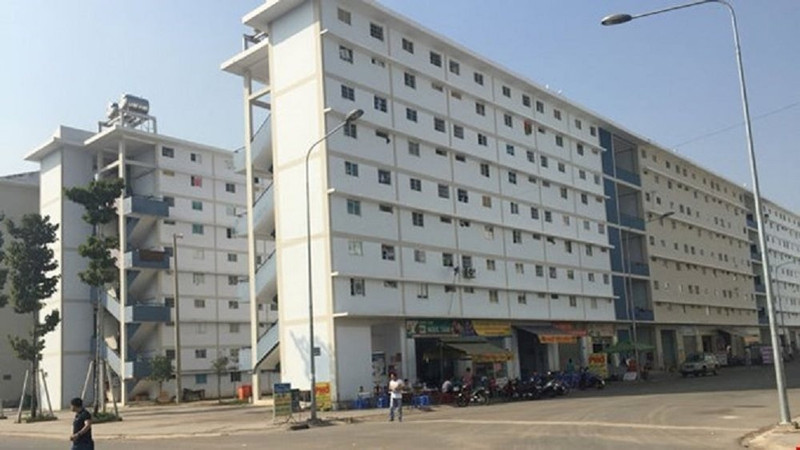As a result, Vietnam is facing pressure in terms of housing demands and expensive urban housing prices. Meanwhile, the number of poor people in urban areas has also increased as they face difficulties in accessing housing suitable to their financial capacity. In order to solve the problem, in recent years, Vietnam has issued many mechanisms and policies for social housing development to support houses for low-income and disadvantaged people in urban and rural areas. These policies have been gradually implemented and achieved significant results. Specifically, according to statistics, up to now, the country has handed over 198 projects with 81,700 apartments, equivalent to more than 4.1 million square metres of floor.
However, the social housing development has not yet met the demand for accommodation of poor and low income households because it has only reached about 33% of the target set in the national housing development strategy by 2020. According to the strategy, it is necessary to have 12.5 million square metres of social housing.
According to experts, the income level of the people remains low and the psychology of not wanting to rent houses are two of the reasons that makes social housing development in Vietnam difficult. Besides, many localities do not have separate land fund planning for social housing development. In addition, the capital source for the real estate market depends too much on the banks’ credit capital line, especially the preferential support capital line, with housing products for low-income people, small-sized houses, and cheap prices, are limited. Although, according to the housing law, the state budget will subsidise interest rates for credit institutions and the Social Policy Bank when implementing social housing support programmes. But in fact, balancing the budget capital for social housing development is facing many difficulties. After the credit package of VND 30 trillion has been disbursed since June 2016, Up to now, the State Bank of Vietnam has only provided about VND1,300 billion for the Social Policy Bank for the period of 2018-2020, equal to 13% of the requirement.
In order to solve the problems, the experts suggest that, first of all, it is necessary to review and supplement urban planning to clearly define the land area for each type of housing social development, especially for social housing construction. It is necessary to thoroughly inspect and urge localities to implement policies on social housing according to the law on housing. Besides, it is necessary to have a solution to open up capital for the real estate market, to give preferential policies to customers and investors of the social housing project as well as to support low-cost commercial housing. In addition, although the demand for housing is very large, in fact, the price of houses in cities and urban areas is often too high compared to the average income of the people and the ability to own houses of middle-income people is very limited.
Therefore, in the long term, people need to change their perception from ownership to renting, especially young people who do not have a lot of accumulation. This is a common trend in the world and is also increasingly popular in Vietnam.
















